King Charles III has long broken with tradition in making clear his views on the environment and the need to protect it.
While occasionally lampooned for his more unusual views – read on for those – his climate change commentary has increasingly struck a chord with those concerned about the future of the planet.
The then Prince of Wales said countries should remain on a “war footing” in his speech at the opening ceremony for world climate talks COP26 in Glasgow last October.
He urged leaders to come together to “rescue this precious planet and save the threatened future of our young people.”
He has been a regular attendee at global climate conferences over many years and set up the Sustainable Markets Initiative to leverage more private sector investment in green programmes.
He has also spoken often on the future of farming, defending the traditional role of the family farm as businesses come under more pressure to cut carbon.
Empathy for climate protesters
While refusing to completely side with law-breaking, direct action groups such as Extinction Rebellion and Insulate Britain – “not helpful”, he told the BBC – he moved to show his empathy with young people frustrated at the slow pace of global change.
“People should really notice how despairing so many young are,” he reflected weeks out from the crunch climate summit.
He went on to reveal he doesn’t eat meat or fish two days a week, dairy once a week, and has converted his old Aston Martin to run on waste wine and cheese products.
Given his privileged position, the latter comments opened him to the charge of tokenism.
His oft-repeated focus on personal accountability sits badly with those who prefer a focus on the much wider, systemic changes required to fight climate change.
Yet for others his ability to keep environmental causes in the spotlight has been hugely important.
Environment warnings date back to 1970
And his words around COP26 are only the latest in a long line of public statements.
In 1970 he gave a landmark speech in Cardiff, while launching a Countryside Award Scheme.
He warned of “air pollution from smoke and fumes discharged by factories and from gases pumped out by endless cars and aeroplanes”.
Prince Charles has used his office to promote concern about climate change. If he takes a vow of silence on the issue as king, a significant influence on national sentiment will be lost. Unless, that is, other Royals step up
— Roger Harrabin (@RHarrabin) September 9, 2022
His 52-year-old words on plastic pollution also ring true today.
“Waste is yet another problem… There are 55 million of us on this island using non-returnable bottles and indestructible plastic containers, it is not difficult to imagine the mountains of refuse that we shall have to deal with somehow.”
Chequered history with lobbying government
He has, however, been known to overstep the mark while serving as heir to the throne – his environmentalism sometimes sliding into a more narrow pursuit of pet projects.
In the early noughties scientists criticised him for his comments on nanotechnology – microscopic, self-replicating robots.
The then Prince spoke of fears they could lead to a planet covered with “grey goo”.
While in 2015 the Guardian won a 10-year-legal battle to publish the contents of his notes to UK government ministers.
The so-called ‘black spider memos’ – a comment on King Charles’ handwriting – revealed direct lobbying on everything from badger culls in the countryside to hospital design.
His Majesty King Charles III will have far less public room for manoeuvre as head of state, but his life-long commitment to environmental causes seems highly unlikely to end with his coronation.
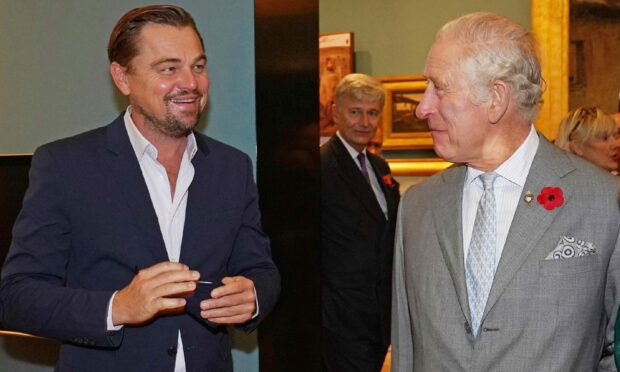
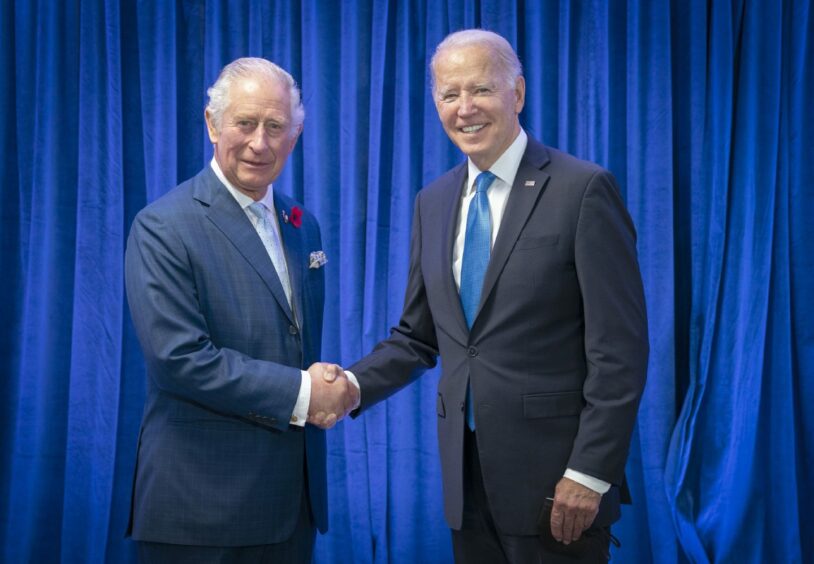
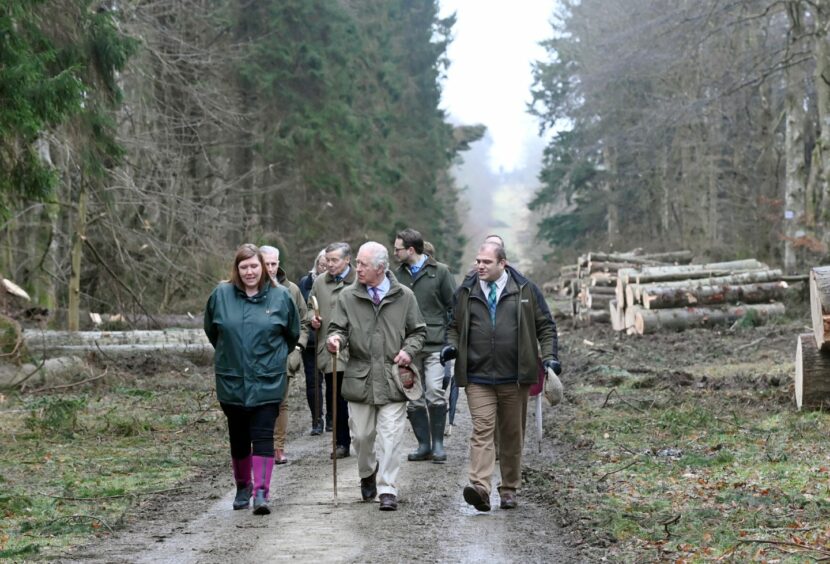
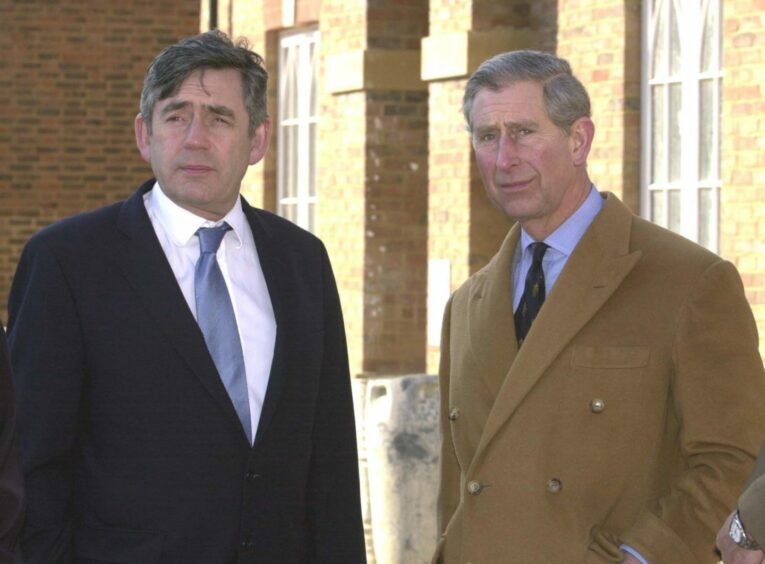
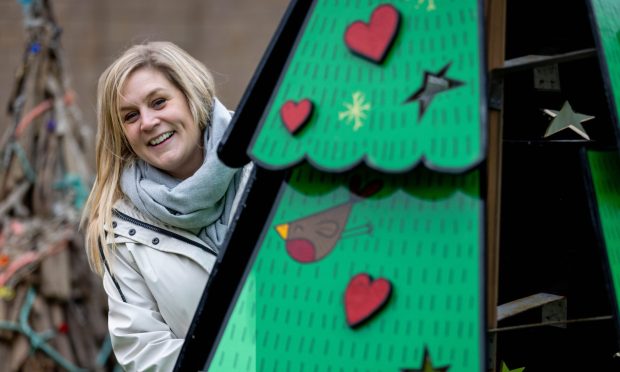
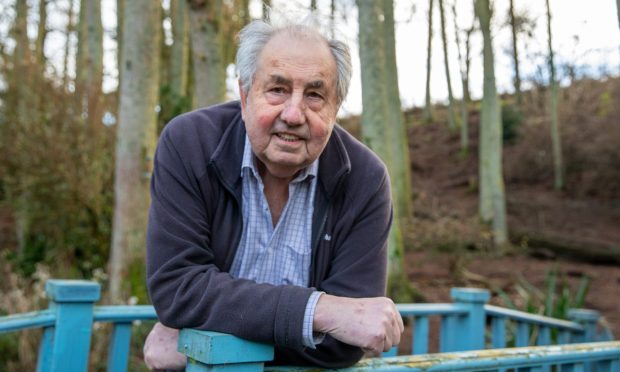

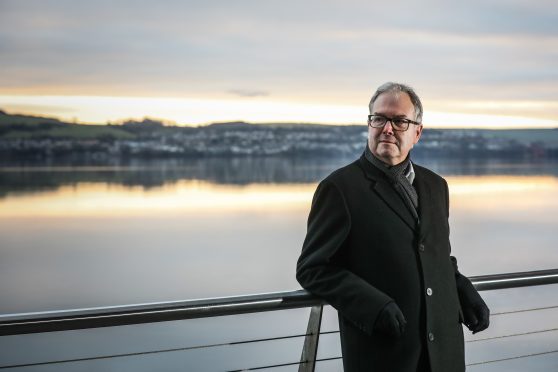
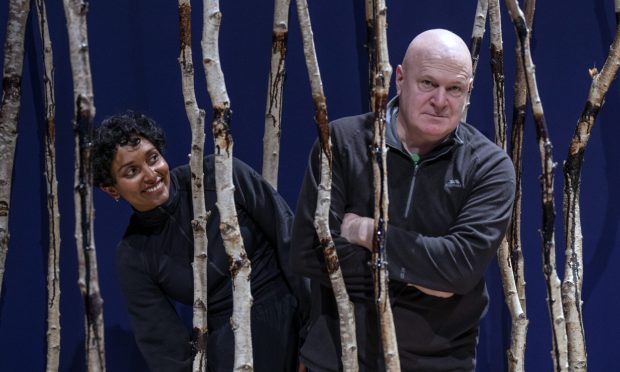
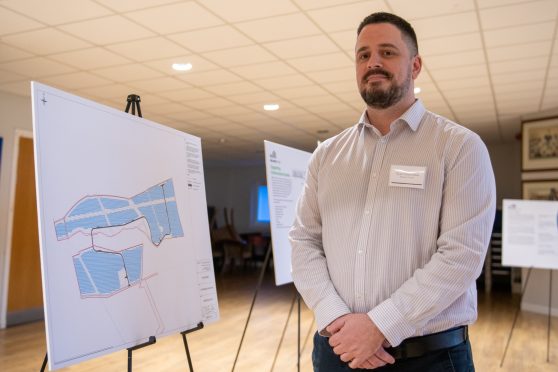
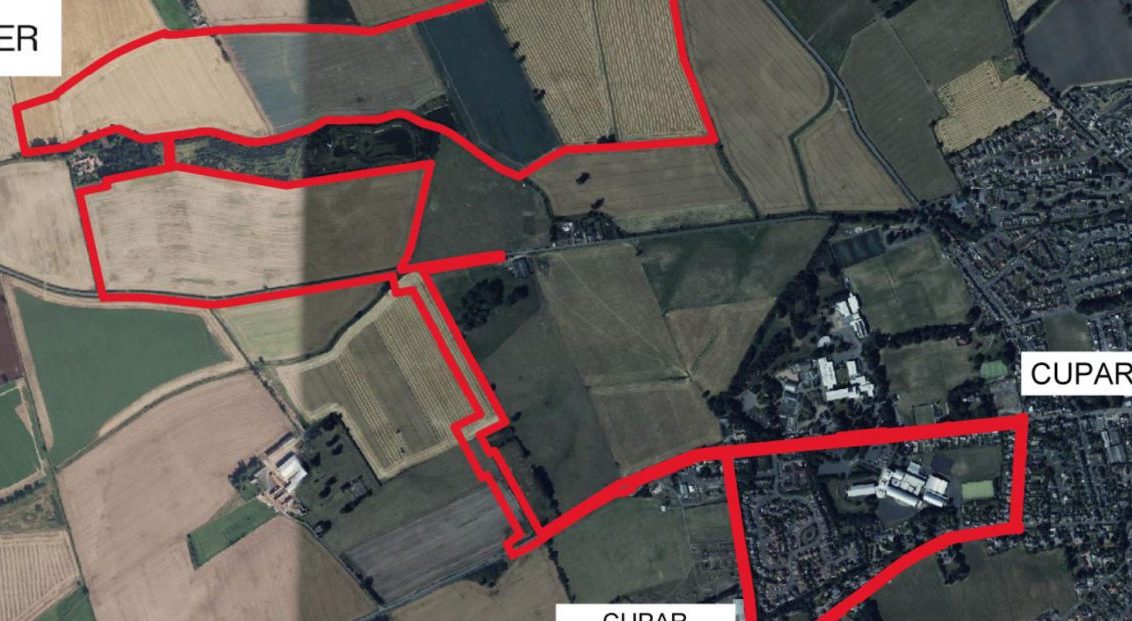
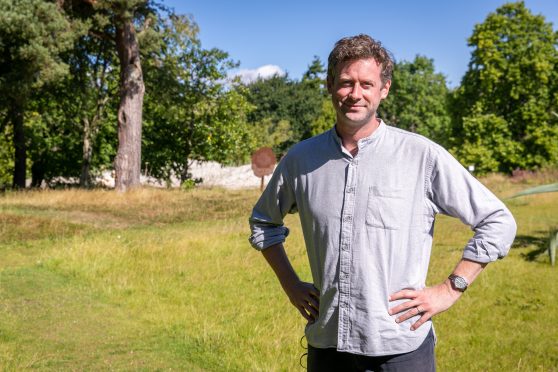
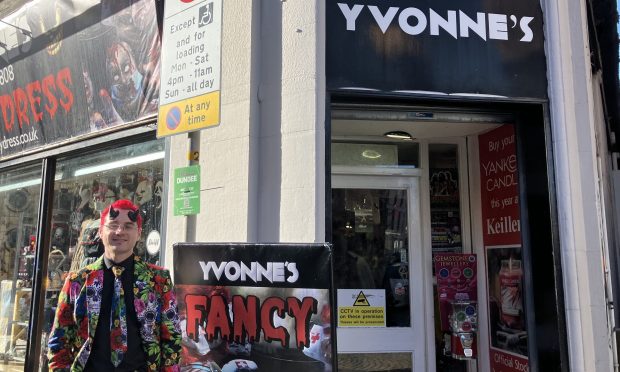
Conversation